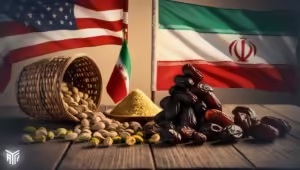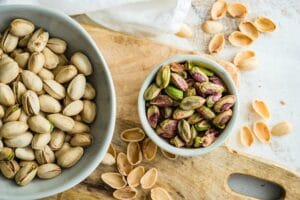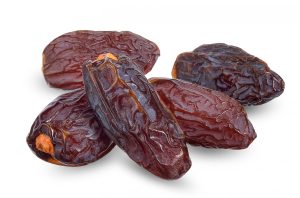
Buying & importing Nuts/Dry fruits from Iran directly to the USA!
Iran and the USA have had strained commercial relations for years due to political tensions and sanctions, both in exports and imports. However, Tari Trading is here to tell you that Buying & importing from Iran to the USA is surprisingly simple and straightforward. The products we’re primarily discussing are







